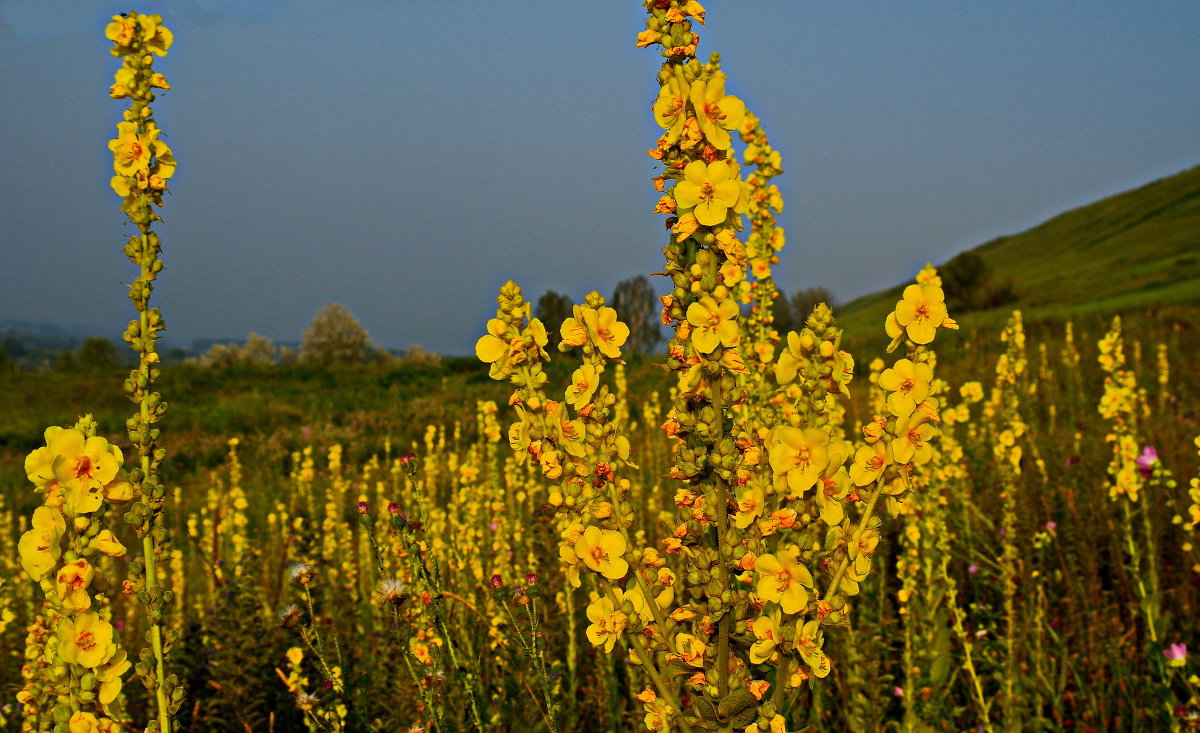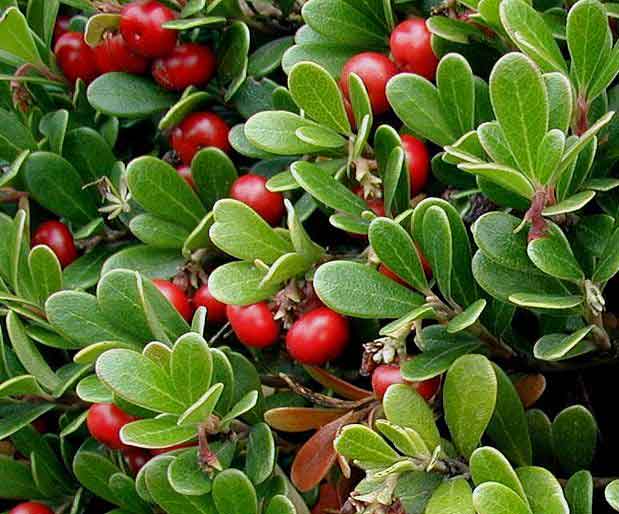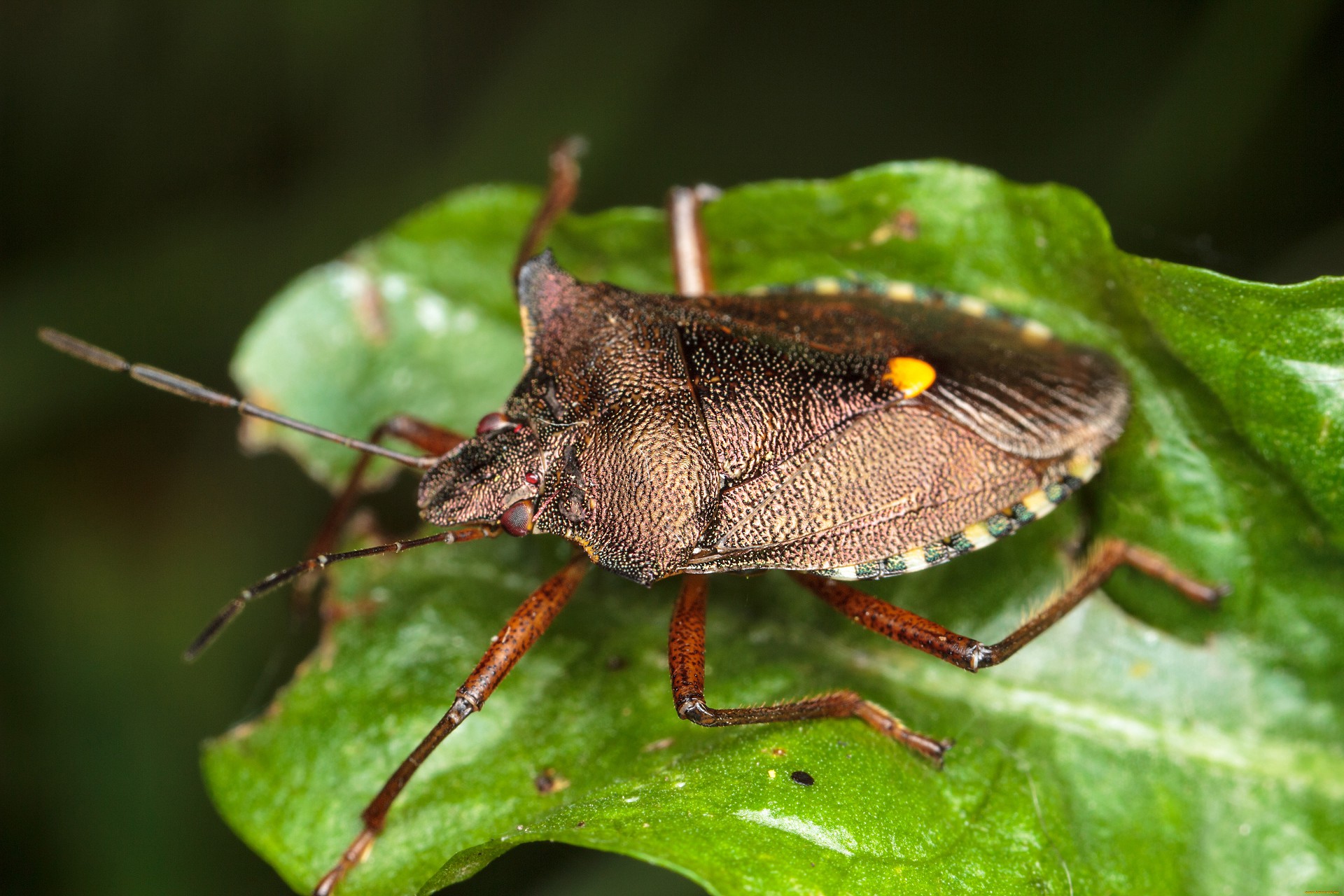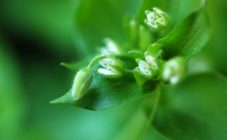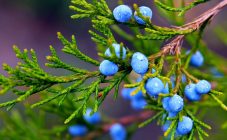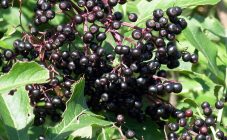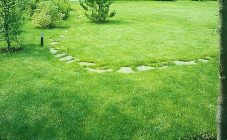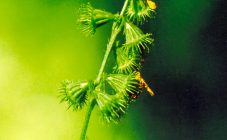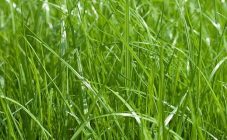Bear's Ears Grass is an evergreen perennial shrub with red berries that resemble lingonberries. A young plant looks like grass.
general information
The plant belongs to the Heather family. Bear's ears have other names as well. In different regions, it can be called bearberry, bear berry, flour mill. Also, in common parlance, it can be called bear grapes, bear berry. In Finland, bearberry is called sianmarja - this name means "pork berry".
Description:
- leaves are dense, round, length 12-26 mm, and width 4-9 mm;
- flowers of white-pink color, collected at the top of the stem in bunches, have five teeth;
- the stem is thin;
- shoots are long with numerous leaves (new ones from the bottom have a greenish color, and the old ones are colored red).
This plant loves coolness, like blueberries and cranberries. Got spread in Canada, Siberia, Europe. The bush differs in that it spreads along the ground and can cover entire glades. The length of the shoots reaches two meters. The flowering period is May, the ripening of the berries is from July to September.
The plant has medicinal properties. Among them: diuretic, antiseptic, hemostatic and other properties. Traditional medicine uses all parts from flowers to roots.
Varieties
There are over 50 different types of bear grass. The most popular are two:
- Alpine bearberry. Grows in Russia, Scandinavia, Scotland, Canada. Length from 10 to 30 cm. Leaves are serrated. With the onset of autumn, the leaves change color to red. The fruits are dark purple in color. The herb is used for pathologies in the kidneys and for the treatment of the urinary and reproductive systems.
- Bearberry. It grows in Russia, North America, Siberia. Length from 5 to 30 cm. Leaves are oblong. The berries are bright red in color. It is used in the treatment of urolithiasis and disorders in the gastrointestinal tract.
The plant is rarely propagated with seeds. To do this, sowing seeds into the prepared soil under the glass is carried out and waiting for shoots.
Usually the shrub reproduces vegetatively. The most commonly used breeding method is cuttings. This method is applied in early spring using mixed peat and sand (1: 1), preparing drainage. After one year, the plant is planted in a permanent place. In the spring, small pits are dug (depth 15-20 cm), at a distance of 25 cm. The root system is carefully covered with peat and coniferous litter.
The place for them should be slightly shaded or completely open to sunlight. The shrub does not tolerate other plants growing nearby. Heavy, loamy and clayey soils are unacceptable for bearberry. The bush cannot withstand a lot of moisture and stagnant water, therefore drainage is imperative. Also, the plant can grow in the mountains, it is found in the lichen tundra, in dry clearings.
Culture properties
In medicine, the leaves of the bear's ear are used.
They include:
- glycosides: they have the property of an antiseptic, thanks to which the plant is used to treat the organs of the urinary system;
- organic acids: have a positive effect on the digestive system, metabolism, blood vessels, heart;
- tannins: form a protective membrane on mucous membranes, prevent inflammation;
- bioflavonoids (quertecin, myricitrin, hyperoside and others): affect the formation and excretion of urine, improve the functioning of the adrenal glands, normalize pressure, stop the growth of cancer cells.
The composition contains minerals and essential oils.
Among the pharmacological properties are: bactericidal, astringent, disinfectant, diuretic, wound healing, soothing, antispasmodic, detoxifying, hemostatic, anti-inflammatory.
Positive impact on humans:
- Nervous system: has a relaxing effect, eliminates tension, has a positive effect on neuroses, neurological pathologies.
- Treating coughs and colds. Often this plant is included in the breast collection. On the basis of bearberry, medicines are made that are used to treat bronchial asthma.
- Urinary system: the substance arbutin acts on the epithelium of the kidneys, which leads to faster urine output. In the process of hydrolysis of arbutin, a bactericidal substance is formed. The plant has a beneficial effect on violations in the functioning of the kidneys and bladder in males and females. The plant is used for cystitis, urethritis, pyelitis. Improves water-salt metabolism, kills harmful intestinal microflora.
- Alcohol addiction treatment: The herb is believed to help with alcoholism. Within a month, the herb is used in the form of decoctions and water tinctures.
- Digestive system: has an astringent effect, and therefore, the herb is used for inflammation of the stomach, diarrhea, intestinal atony. The plant will have a positive effect in case of poisoning with salts of heavy metals. Bearberry will remove toxins and restore digestion.
- Bearberry decoction compresses are used to treat trophic ulcers, eczema and wounds with pus.
- For the female: used in inflammatory processes of the genitourinary organs. Applied internally or as a douching. The plant will help with infection of the genital tract. It is used in the treatment of sexually transmitted diseases. Also bearberry is useful for uterine contraction after childbirth.
- For men: the plant relieves pain during urination. It is used in the presence of chronic prostatitis. Bearberry will relieve inflammation in infectious prostatitis. In the acute period, symptoms may worsen. The plant is used in the periods between inflammatory processes. For prophylactic purposes against inflammation of the prostate gland, it is drunk in the form of tea.
- For a child: for skin pathologies, non-healing wounds with purulent discharge, external application is possible. It can be used for diarrhea, inflammation of the kidneys, bladder. However, the substances contained in the plant can provoke side effects, therefore, the use of the plant is prohibited without the advice of a specialist.
Also in the fruits of bear ears, there are numerous useful substances: fiber, organic acids, vitamins and trace elements.
The berries taste astringent and fibrous. Eating raw is not recommended. Most often, jelly and compotes are cooked from bearberry fruits, which have a healing effect. The berries contain substances that increase the regeneration of the mucous membranes of the digestive system. In this regard, decoctions and infusions of berries are used in the treatment of stomach and duodenal ulcers.
Prolonged and uncontrolled use of the plant can lead to vomiting, nausea, constipation, and diarrhea.
Diseases and pests
The plant is resistant to diseases and harmful insects. However, infection of the plant with gray mold is possible. The diseased parts are removed and burned. The rest are treated with a fungicide (for example, Fundazol).
Meadow bugs may appear on bearberry. To get rid of them, use a tincture of onion or mustard husks. The ratio is 100 g per 10 liters of water. In case of a large presence of pests, spraying with insecticides is performed.
In summer, aphids may appear on the plant. It sucks the juices from the plant, and its secretions cause fungal infections. To get rid of aphids, use Aktara, Fitoverm, Tanrek.
Procurement and storage
It is recommended to harvest the leaves before flowering occurs. It is forbidden to completely remove the entire bush or all the shoots. Otherwise, the bearberry will die. It is possible to remove some shoots.
Flowers must not be damaged during collection. Leaves can be harvested in autumn, before frost sets in.
For drying, it is necessary to spread the plant in a thin layer and dry it in a dry place in a room with good ventilation. After drying, the leaves should resemble tea. The finished raw materials are placed in small cloth bags. The resulting medicine must be protected from dampness. The maximum shelf life is 5 years.
Bear ears are widely used in folk medicine for the prevention and treatment of many diseases. Nevertheless, each person must remember that we recommend that you coordinate the intake of any medicines with your doctor. Otherwise, the effect may be reversed.
